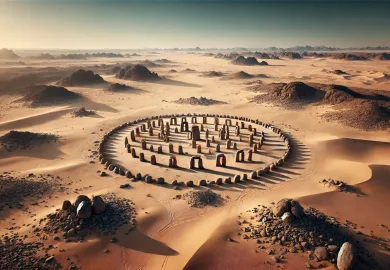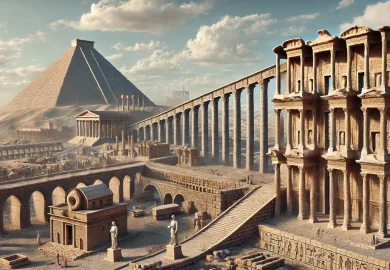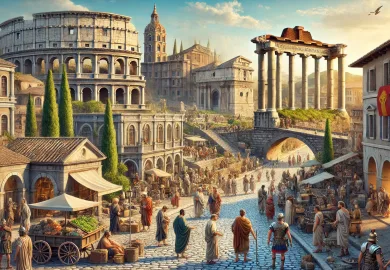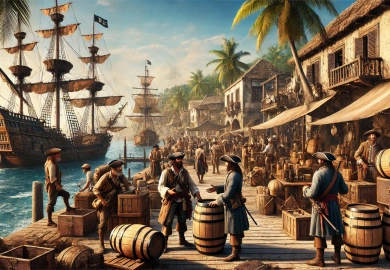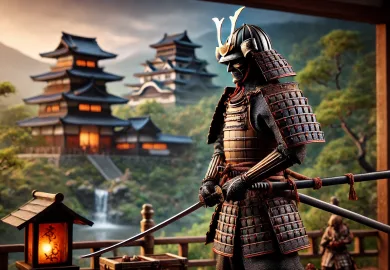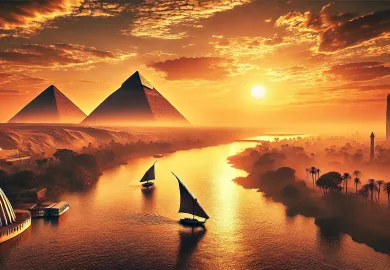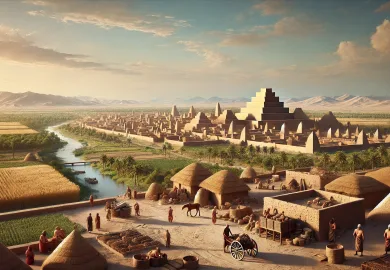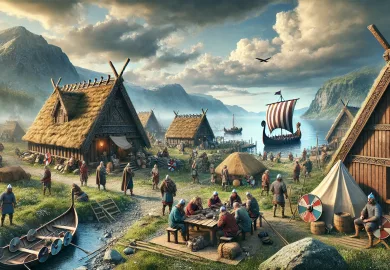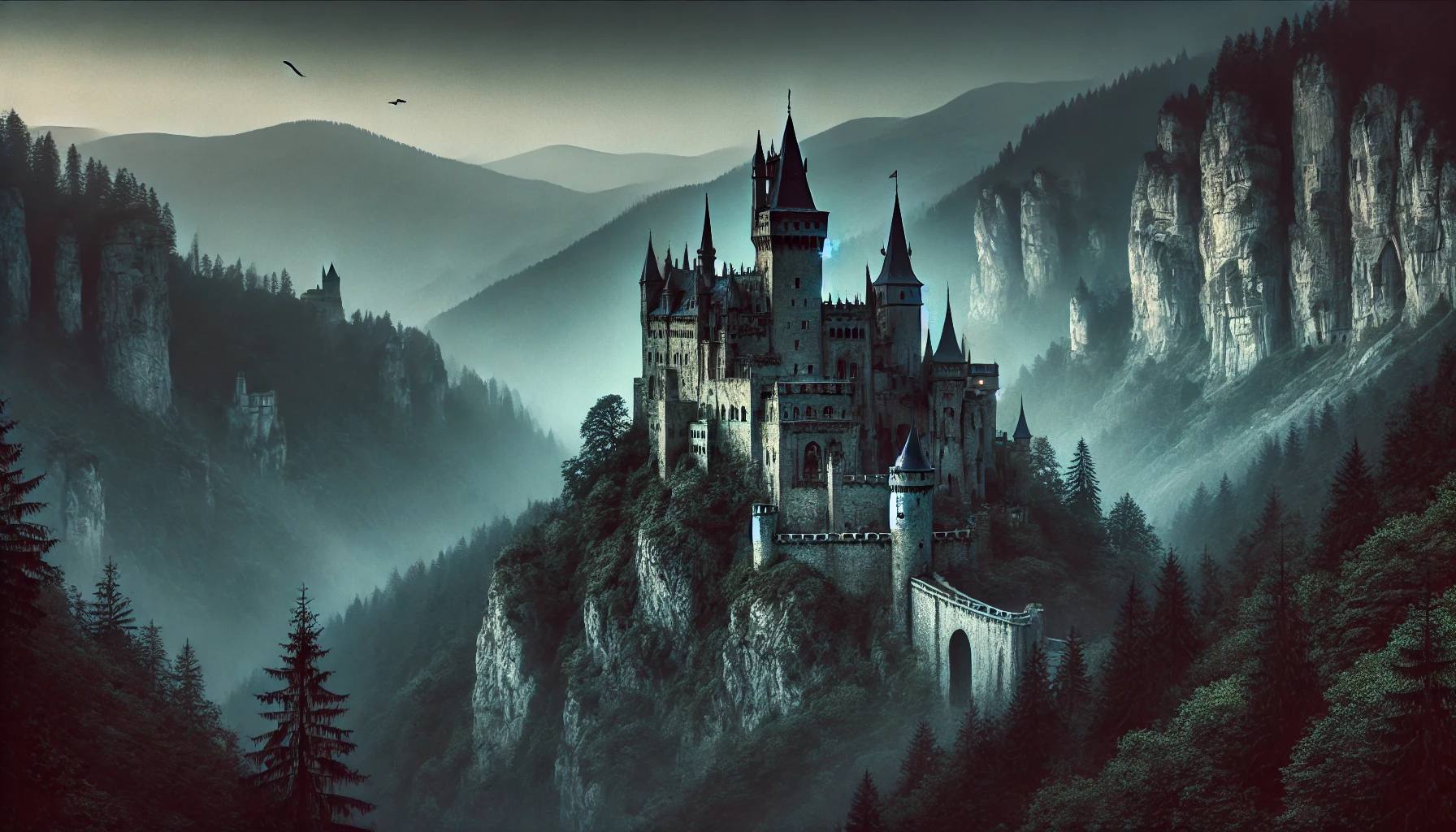
Disclaimer: This content was generated using AI. While I strive for accuracy, I encourage readers to verify important information. I use AI-generated content to increase efficiencies and to provide certain insights, but it may not reflect human expertise or opinions.
The legend of Count Dacula is one of the most mysterious and fascinating vampire tales in history. Often overshadowed by the more famous Count Dracula, this lesser-known but equally intriguing figure has been whispered about in shadowy corners of folklore for centuries. Although similar in name to the infamous Transylvanian vampire, Count Dacula’s story is rooted in its own unique blend of history, legend, and dark mythology.
For those seeking to understand the real history behind Count Dacula, this article delves into the origin of the myth, explores his castle, and investigates how his story differs from other vampire legends. Prepare yourself to discover the truth behind Count Dacula, the vampire who lurked in the shadows long before the world met Dracula.
The Origin of Count Dacula: A Tale Born from Darkness
The legend of Count Dacula dates back to the 16th century, in a remote region of Eastern Europe. Unlike Dracula, who was inspired by the historical figure Vlad the Impaler, Dacula’s origin is more elusive. According to ancient manuscripts, Count Dacula was a reclusive nobleman who ruled over a small but prosperous village near the Carpathian Mountains.
Local folklore suggests that Dacula’s thirst for power extended far beyond the human realm. Stories speak of how he allegedly struck a deal with dark forces, granting him eternal life in exchange for his soul. Unlike Dracula, who was known for his cruelty on the battlefield, Count Dacula was a master of manipulation, charming those around him while hiding his true nature.
As the years passed, rumors of Count Dacula’s vampiric abilities began to spread. Villagers claimed that he never aged and that he could be seen walking the castle grounds long after midnight. Despite these chilling accounts, no concrete evidence ever surfaced to prove these supernatural claims.
Castle Dacula: The Haunting Home of the Vampire Count
Towering high on a cliffside, Castle Dacula is a foreboding structure that has stood the test of time. Many believe it to be the source of the count’s dark power, its walls hiding centuries of secrets and forbidden knowledge. The castle, located deep in the Carpathian wilderness, is said to be where Dacula carried out his most heinous acts.
The architecture of Castle Dacula is just as mysterious as its master. With towering spires, narrow corridors, and hidden passageways, it’s easy to see why many believe the castle itself is haunted. Legends claim that the castle holds hidden catacombs where Dacula would hide his victims, feasting on their blood while ensuring their souls would never find peace.
The castle’s location made it nearly impossible for anyone to enter or leave without Dacula’s permission. Its steep cliffs and surrounding forests were home to a variety of dangerous creatures, both natural and supernatural, adding to the mystery of the place. Today, many ghost hunters and paranormal enthusiasts seek to explore the ruins of Castle Dacula, hoping to uncover the secrets still buried within its walls.
Dacula vs. Dracula: Understanding the Differences Between the Legends
At first glance, Count Dacula and Count Dracula might seem like the same figure due to their similar names, but their stories have stark differences. The story of Dracula, popularized by Bram Stoker’s novel in 1897, is largely based on Vlad the Impaler, a 15th-century Wallachian prince known for his brutal tactics. Count Dacula, on the other hand, has no historical counterpart and exists entirely within the realm of legend and folklore.
While Dracula is often depicted as a cunning, bloodthirsty monster who revels in his vampiric powers, Dacula was more subtle in his approach to power. His strength lay in his ability to manipulate and deceive, making those around him believe they were safe while they fell under his control. He didn’t rely on violence as much as Dracula did, instead choosing to drain his victims slowly over time, savoring their torment.
Another key difference is the method of their demise. While Dracula’s death is well-documented in Stoker’s novel, Dacula’s end remains shrouded in mystery. Some say he simply vanished one night, never to be seen again, while others believe he still roams the earth, cursed to wander for eternity. This ambiguity only adds to the myth of Count Dacula, making him an even more enigmatic figure than his Transylvanian counterpart.
The Influence of Count Dacula in Popular Culture and Modern Day Myths
Though Count Dacula has never achieved the same level of fame as Count Dracula, his influence on modern vampire myths is undeniable. Stories of an ancient nobleman who used charm and deceit to feed on the living can be found in literature, television, and film across the world. In fact, many believe that Dacula’s legend served as the inspiration for the more subtle, manipulative vampire figures seen in contemporary media.
One of the most famous examples of Dacula’s influence is in the portrayal of vampires as aristocratic, sophisticated beings, rather than the savage monsters seen in early vampire lore. The image of the vampire as a charming, well-spoken nobleman who preys on society’s elite is a hallmark of Dacula’s story, and this archetype has been repeated in countless films and novels.
In recent years, there has been a resurgence of interest in the true story of Count Dacula, with many historians and folklorists attempting to separate fact from fiction. Some believe that Dacula may have been based on a real nobleman who was involved in occult practices, while others argue that his story is purely a creation of the local people, used to explain mysterious deaths and disappearances in the region.
Conclusion: The Legacy of Count Dacula
The true story of Count Dacula is a complex tapestry of myth, history, and legend. While Count Dracula has captured the imagination of the world through books, films, and popular culture, Count Dacula remains in the shadows, his story only known to those who seek it out. Whether he was a real man, a creature of the night, or simply a fabrication of terrified villagers, the legend of Count Dacula endures.
For those fascinated by the world of vampires, Count Dacula’s tale offers a unique perspective on the nature of power, immortality, and fear. His story reminds us that the most terrifying monsters are often the ones who hide in plain sight, wearing the mask of civility while harboring darkness within.
As the story of Count Dacula continues to evolve, one thing is certain: the legend of the vampire count will never die. Whether real or fictional, his presence in the annals of vampire lore remains as captivating as ever, luring in new generations of believers and skeptics alike.

